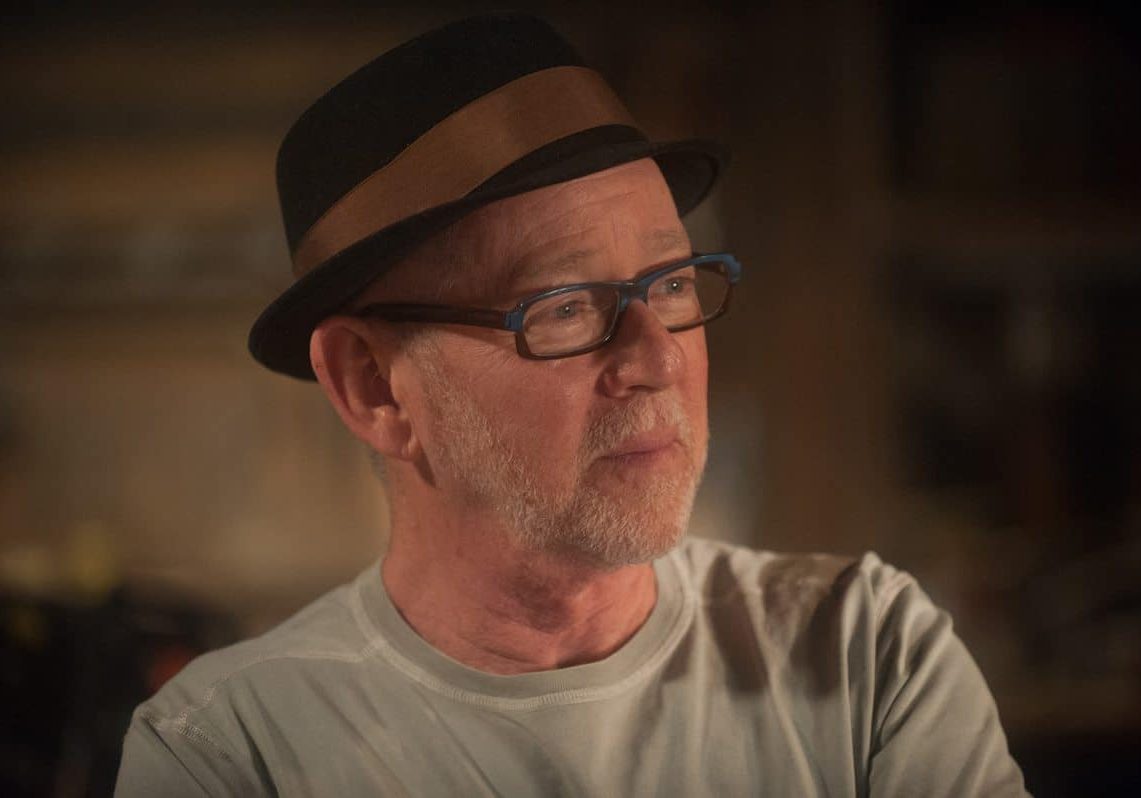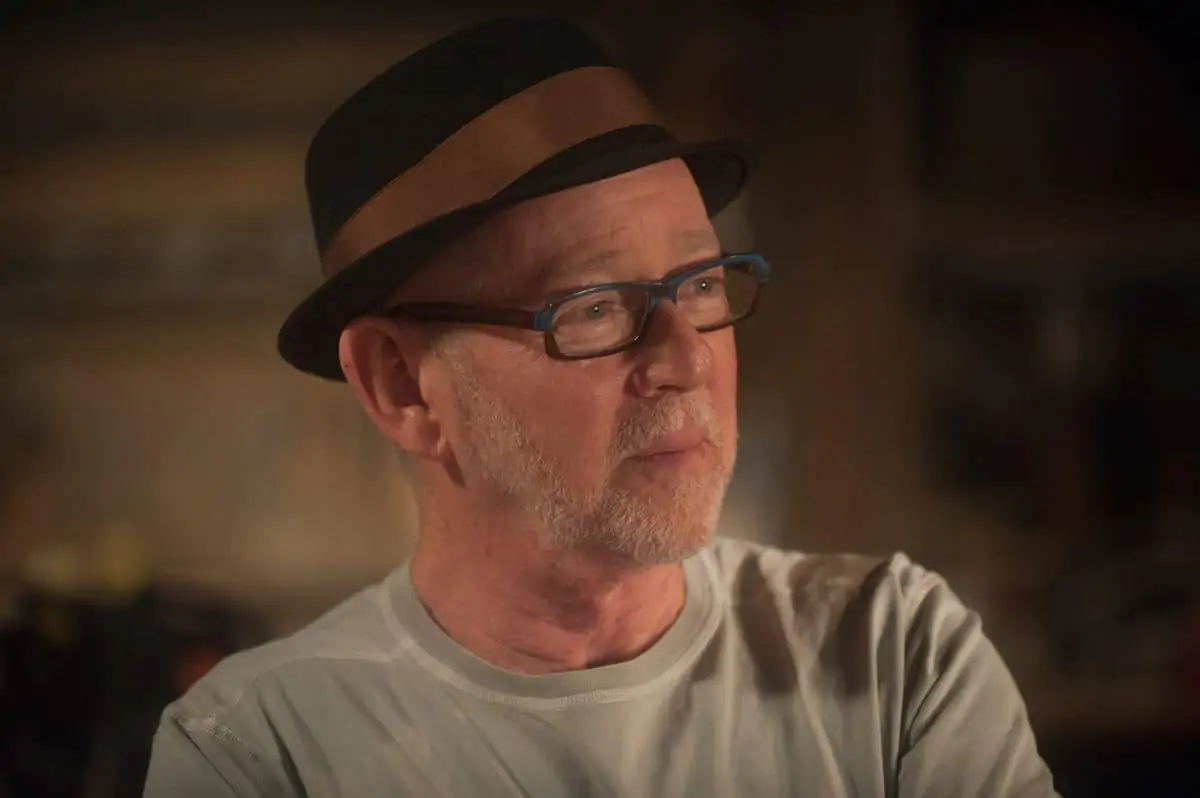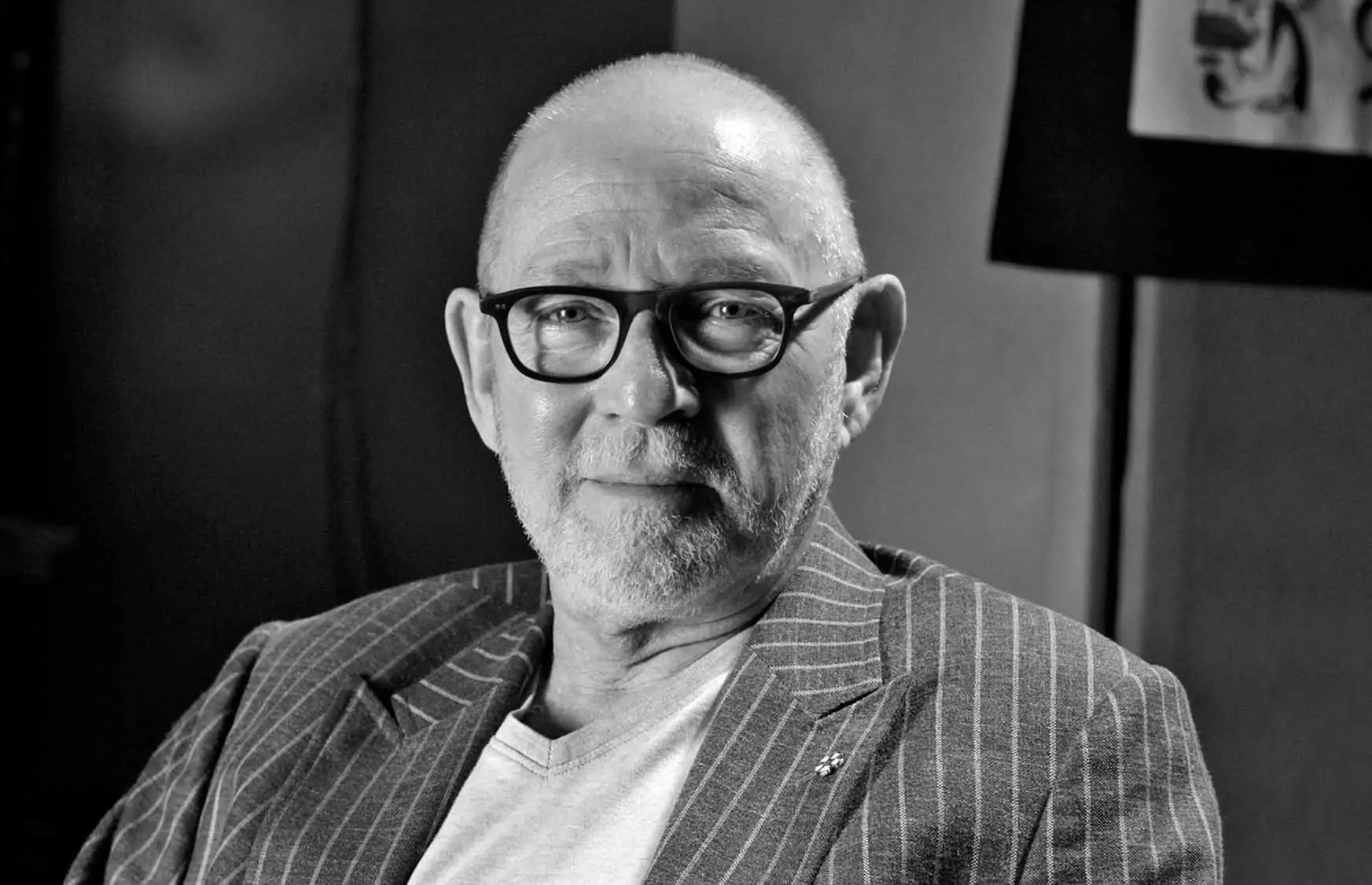Caveat Emptor
Letter from America / Steven Poster ASC

Caveat Emptor
Letter from America / Steven Poster ASC
I'm writing to you on the plane home from the 2019 celebration of the art of cinematography called EnergaCamerimage in Toruń, Poland.
This grand event happens every year in November and allows us a wonderful week to be with our cinematographer colleagues and our industry partners from all over the world. We gather to discuss our past, current and future work in our beloved art and craft of cinematography.
We spend this time with our friends, our heroes and our students from every corner of the earth. I started the week listening to a lecture by Vittorio Storaro AIC ASC, who has developed an impressive line of LED fixtures that can re-create the effects of his lighting muses.
There were many sweet moments with friends throughout the week. And that is what EnergaCamerimage is all about. Besides the wonderful movies that are shown in Poland, everybody is approachable - students, emerging cinematographers, masters, everyone. It was a special treat that Lawrence Sher ASC was awarded the Golden Frog as well as the Audience Favorite for his remarkable sense of story and pictures in Joker.
There were seminars and demonstrations every day as well. I participated in a panel chaired by Pawel Dyllus, a board member of the Polish Society Of Cinematographers, plus a host of other members from different societies all over the world. The topic was: "Working Conditions." The open discussion about this topic was ongoing and very lively. I was able to show the Free Driving Video that was created by ICG Local 600, which demonstrates the extreme danger of hand-holding a camera while an actor is driving and acting at the same time. The potential results of the air bag going off and launching the camera somewhere unthinkable are devastating. Once seen, people are appalled at how we have all done this practice.
I also demonstrated the ICG Safety App (ICG Safety in the App store) for IOS or Android. I was able to continue on our goal of having the same level of safety consciousness and understanding through the use of the Industry Safety Bulletins published by the Industry-Wide Labor-Management Safety Committee in the United States, which are native to the Safety App. We offered the code to everyone so they could take the information and craft their own country's Safety App. That code is now in the hands of the UK, France, Spain, Germany, Estonia, New Zealand and Russia. The ICG has been committed to making safety a number one priority wherever any of our crews go to work.
We capped off the week by having our yearly screening of the ICG's Emerging Cinematographers Awards. This is an honor and a boost to anybody in the Union who is not classified as a DP, who has been the cinematographer on a short and is one of the top ten juried movies. It was a standing-room-only evening.
We are seeing the rapid introduction of new technologies, right and left, on an almost weekly basis. There was plenty to see and talk about in the expanded market in Toruń. There was glass everywhere. So many new choices for us to shape our stories, from lenses to simulate the visual legacy or eras gone by, to super new Anamorphic optics.
"Every now and then entities decide to make recommendations about how we will work in the future without taking into consideration any of the processes we, the creatives, partake in to provide the world with the entertainment that the marketplace craves."
- Steven Poster ASC
The advancements in both in-home and theatrical exhibition are very impressive indeed. We've seen home televisions get bigger, sharper and certainly brighter with more color reproduction. But these also have introduced engineering feats and marketing strategies that don't necessarily help the exhibition of our narrative work, such as motion interpolation and sharpening, which impede the audience's ability to suspend disbelief. We've seen remarkable laser projection and emissive screens in theaters that are so bright and have so much contrast that there's fantastic shadow detail down to almost absolute black. This brightness has increased the amount of judder seen in the highlights, which then necessitates the use of forms of motion interpolation, which again hampers the audience's ability to suspend disbelief. These "advancements" all fit into the arena of "just because you can doesn't mean you should."
We as cinematographers, imagemakers and storytellers, are usually included now in the testing and evaluating these new developments. We fought our way in over the years starting in the early 1990s with the standards setting body called the Advisory Committee On Advanced Television Services, who didn't want creatives to have anything to do with the process. After that we formed the ASC Technology Committee and Digital Cinema Initiative, a studio consortium that partnered with the ASC to create the first standardized testing material (STEM) so that when a demonstration of new technology was introduced, we knew how the screened material was produced and prepared for our scrutiny. This has done a great deal to help us know how to evaluate whatever we were looking at. The ASC Technology Committee, which was formed under my presidency in 2002, is now called the ASC Motion Imaging Technology Council (MITEC), which has developed into a very important and active entity. Other organizations have jumped in with us in these developments as well; The Motion Picture Scientific & Technical committee, SMPTE, National Theater Owners, Hollywood Production Alliance, The Advanced Imaging Society and others. Now, the MITEC, DCI and others are in the beginning process of developing STEM2 to meet the changing digital landscape of exhibition.
All of this is terrific. However, every now and then entities decide to make recommendations about how we will work in the future without taking into consideration any of the processes we, the creatives, partake in to provide the world with the entertainment that the marketplace craves.
One such entity is called Movie Labs, a technology research lab jointly run by Paramount Pictures, Sony Pictures Entertainment, Universal Studios, Walt Disney Pictures and Television and Warner Bros. Entertainment. This group produced a white paper called "The Evolution of Media Creation - A 10-year Vision For The Future Of Media Production, Post And Creative Technologies," available at https://movielabs.com. As well-intentioned and as inspirational as this document purports to be, it serves as a warning and call to action for every below-the-line creative position - including production designers, art directors, cinematographers, costume designers, editors, and colorists - to demand that they be involved in the design and implementation of new production technologies. The studios and above-the-line talent have built their fortunes relying upon a creative process that they only vaguely understand. In preserving our crafts through this technical change, we will also be saving them from themselves.
Let the buyer beware!


